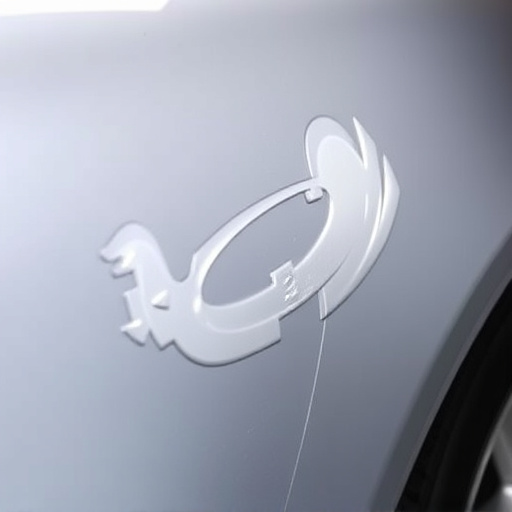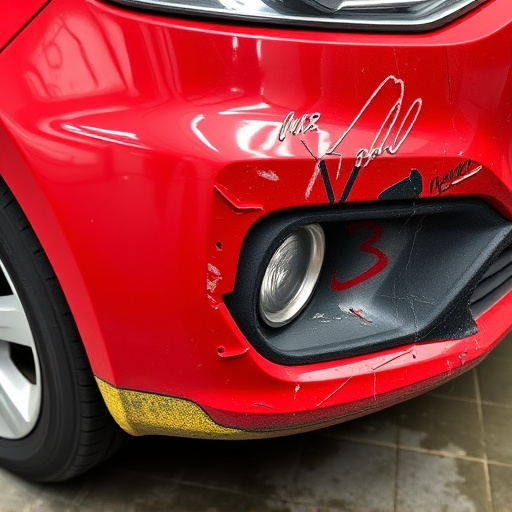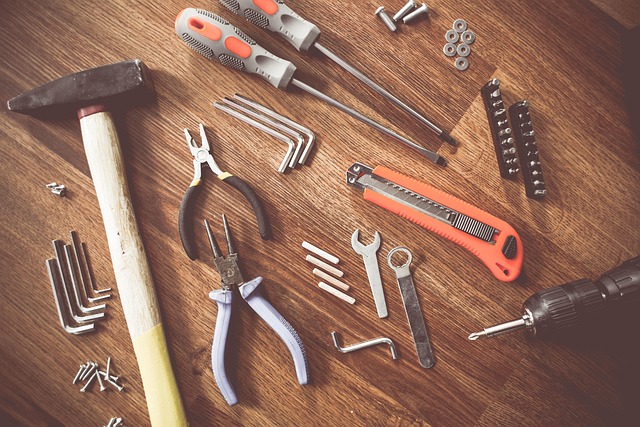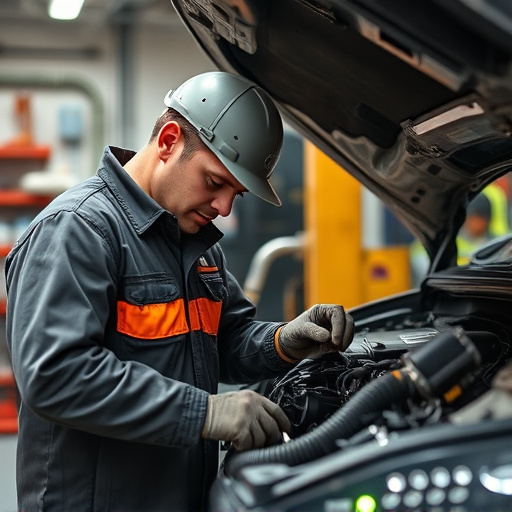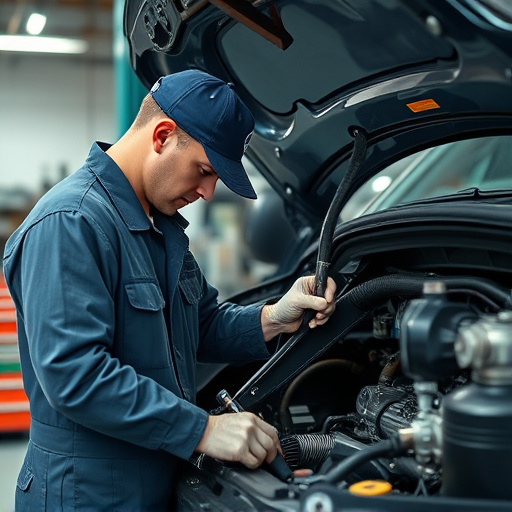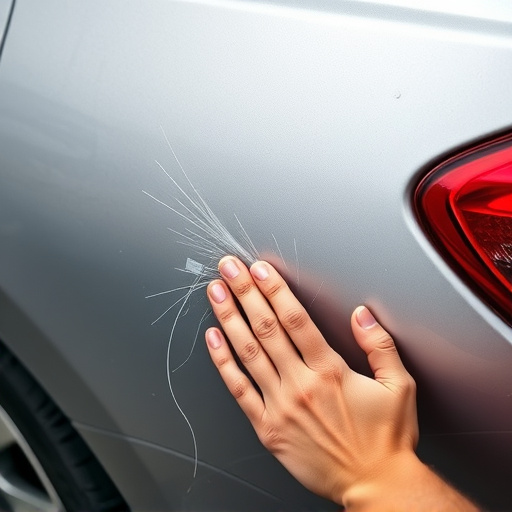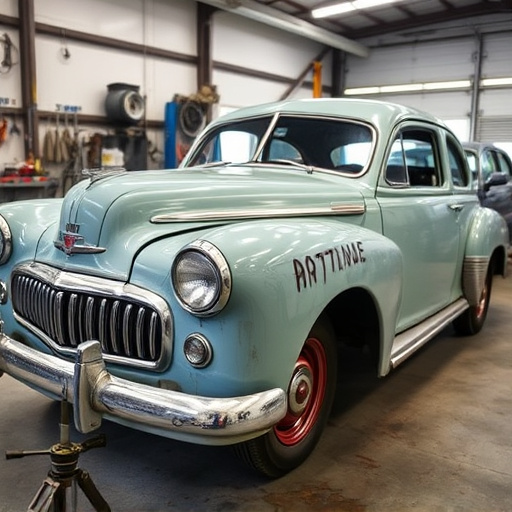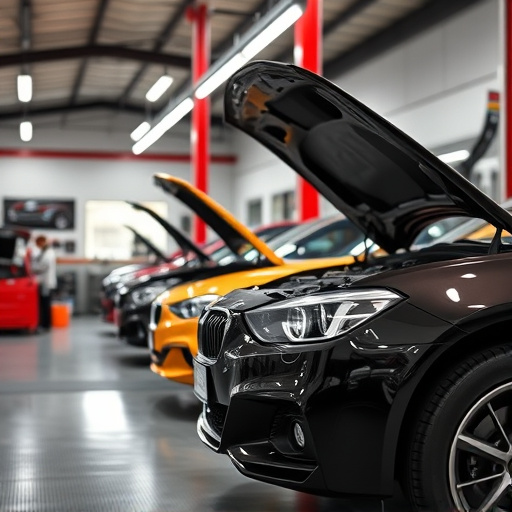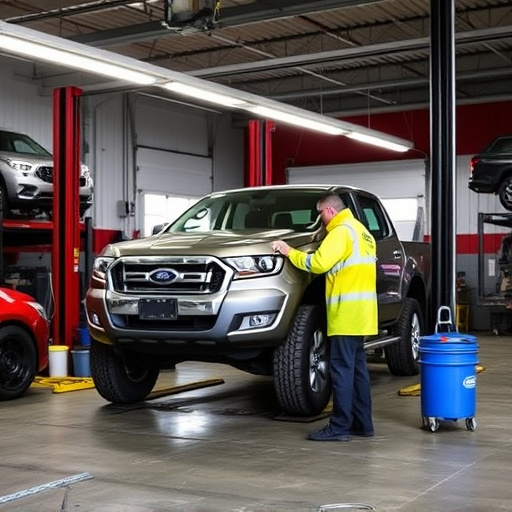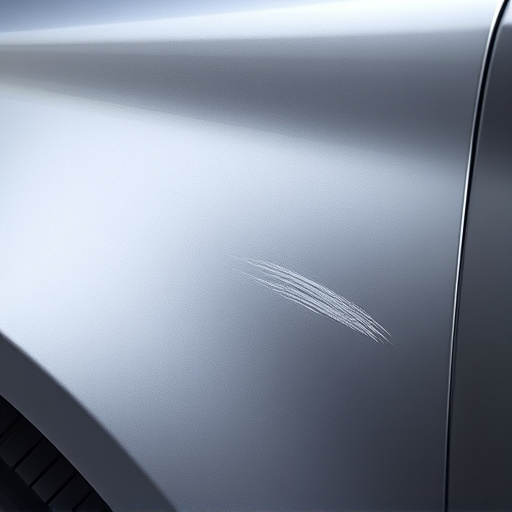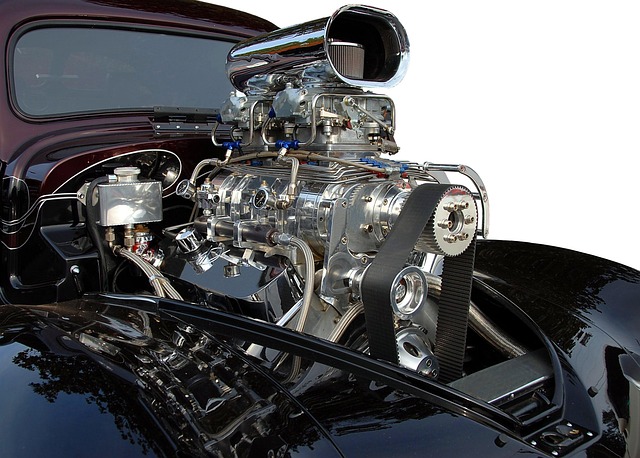Replacing a Mercedes grille requires precision to maintain vehicle performance and sensor functionality. Correct alignment and material properties are crucial for sensors like adaptive cruise control and lane departure warning. High-quality, manufacturer-approved grilles ensure optimal performance, especially for climate control and ADAS features. Professional installation at a trusted collision center guarantees both aesthetic improvement and continued safety system effectiveness.
Considering a Mercedes grille replacement? It’s a popular mod, but what effect does it have on your car’s sensor functions? This guide breaks down everything you need to know. We’ll walk you through the Mercedes grille replacement process, explore the potential impact on sensors, and provide tips for maintaining optimal performance post-swap. Whether you’re a seasoned enthusiast or new to auto upgrades, this article offers valuable insights.
- Understanding Mercedes Grille Replacement Process
- Impact on Sensor Functions: What to Expect
- Maintaining Optimal Performance After Grille Swap
Understanding Mercedes Grille Replacement Process
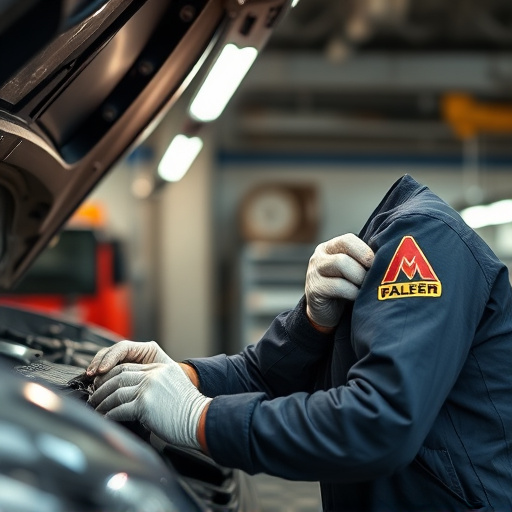
When considering a Mercedes grille replacement, understanding the process is key to ensuring optimal vehicle performance and sensor functionality. The grille, located at the front of the car, serves both aesthetic and practical purposes. It not only enhances the car’s appearance but also plays a critical role in regulating engine temperature through airflow. During the replacement process, it’s essential to maintain proper alignment and mounting to avoid disrupting the vehicle’s sensors, which are often integrated into the grille or its surroundings.
Mercedes grille replacements typically involve several steps, including removing the old grille, preparing the frame (which may include collision repair or frame straightening in case of damage), installing the new grille, and ensuring all related components—including sensors—are functioning correctly. Professionals at a trusted auto maintenance collision center can expertly navigate this process, guaranteeing not only a visually appealing replacement but also the continuation of essential sensor operations for safety and efficiency.
Impact on Sensor Functions: What to Expect
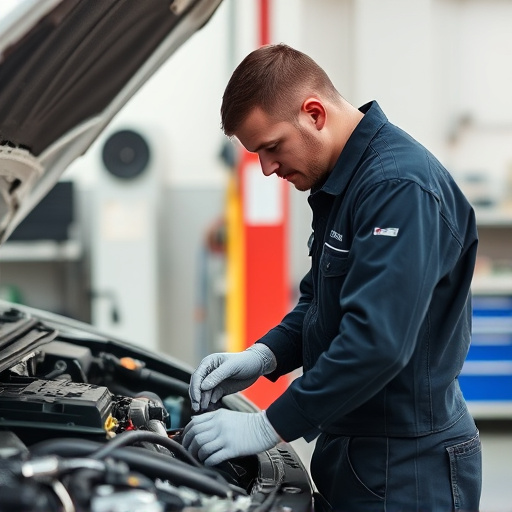
When considering a Mercedes grille replacement, understanding its potential impact on sensor functions is crucial. Modern vehicles are equipped with various sensors that play a vital role in safety and performance systems, such as adaptive cruise control, lane departure warning, and collision avoidance. These sensors are often integrated into the vehicle’s front end, including the grille area.
A grille replacement might affect these sensor functions if the new grille doesn’t align perfectly or has different material properties. For instance, a misaligned grille could obstruct the line of sight for cameras or radars, impacting the accuracy and effectiveness of sensors like lane departure warnings and adaptive cruise control. Additionally, differences in material reflectivity may influence the performance of sensors that rely on light detection, such as those used in automatic high-beam controls. Therefore, it’s important to ensure proper installation and consider the specific sensor requirements during a Mercedes grille replacement, ideally consulting with a reputable collision center or vehicle bodywork specialist for frame straightening adjustments if necessary.
Maintaining Optimal Performance After Grille Swap
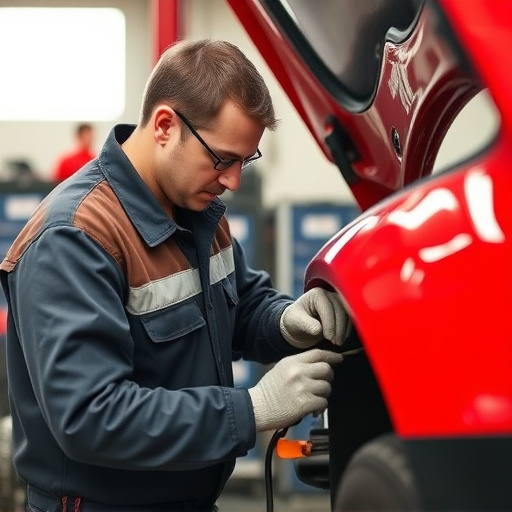
When you decide to swap out your Mercedes grille for a new one, it’s important to understand that this process can impact more than just aesthetics. While a new grille can significantly enhance the look and style of your vehicle, it’s crucial to ensure that the replacement doesn’t interfere with the sensor functions integrated into modern cars. Many modern vehicles rely on sensors positioned behind grilles for various tasks, including climate control, safety features, and even advanced driver assistance systems (ADAS).
To maintain optimal performance after a Mercedes grille replacement, choose a high-quality, manufacturer-approved grille that accurately replicates the original design. This ensures that any sensors behind the grille have clear line-of-sight to function correctly. If you’re considering a custom or aftermarket grille, consult with a trusted auto collision center or vehicle repair specialist to assess compatibility and potential sensor issues. Proper installation is key; ensuring the new grille aligns perfectly with your car’s design and doesn’t block any sensors will safeguard your vehicle’s overall performance and safety features.
Mercedes grille replacements can significantly impact vehicle performance, especially regarding sensor functions. Understanding the process and its effects is crucial for maintaining optimal car operation. While replacing a grille may enhance aesthetics or address structural issues, it’s essential to recognize potential changes in sensor capabilities. Regular maintenance and timely repairs ensure these sensors function correctly, ensuring your Mercedes remains a reliable and safe drive. Remember, a simple grille swap can have far-reaching consequences, so stay informed and proactive for the best results.
